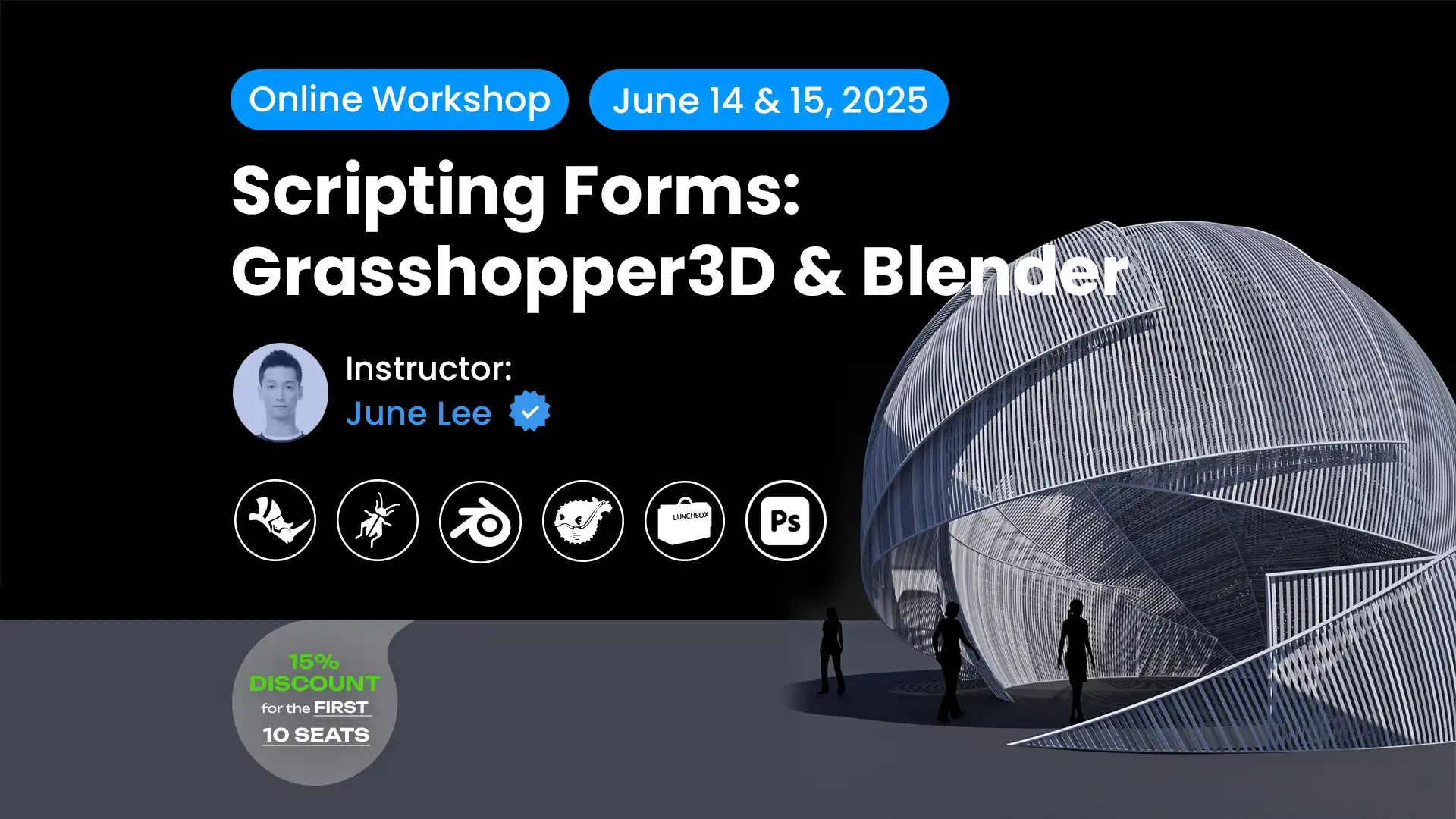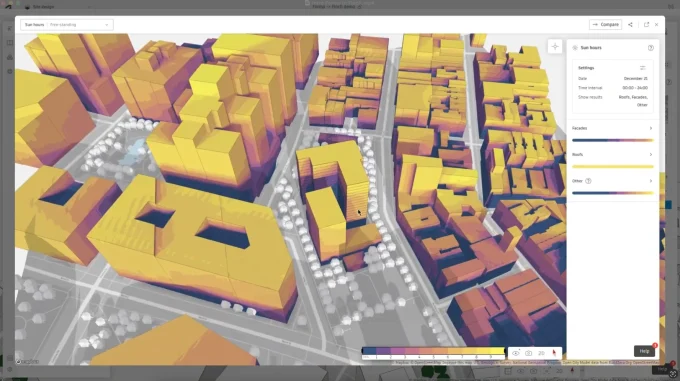The word ‘AI’ is everywhere, and it’s all thanks to a new leap in its evolution: generative AI. Consulting agencies like McKinsey don’t tire of projecting its economic impact in trillions of dollars in added value to the global economy, while businesses expect it to reduce costs and generate extra revenue.
Architecture hasn’t escaped the AI boom, of course. Generative AI tools produce concept designs and layout variations at the click of a button, automate documentation and compliance checks, and more.
But what should you, as an architecture student, expect from the rise of AI tools in your field? And are AI tools a boon for you – or will they make earning your degree even more difficult?
AI Tools Can Make Studying Easier
We’ll start with the obvious: chatbots like ChatGPT are already a favorite among students across all fields, from STEM to liberal arts. You may use them in many ways, from exam and test prep to calculations and essay generation.
On the one hand, these tools can make your studies easier. For example, ChatGPT can serve as your virtual tutor: you can ask it questions if you get stuck on a topic or ask it to quiz you. You can also ask it to solve a problem if you ever get stuck with it, even if it involves complex calculations, or provide a summary of a textbook chapter.
But They’re Not a Silver Bullet
Chatbots can and do get things wrong; it’s known as hallucinations. That’s why if you think, “I need someone to write paper for me”, you’ll still be better off hiring a human expert from a reliable essay writing service like DoMyEssay to take care of it. Don’t rely on chatbots’ output blindly when you ask them to quiz you or answer questions, either.
Besides that, if you think about using AI to generate an assignment or two, think again. Universities and colleges across the U.S. have already cracked down on AI-generated assignments, with some equating it to plagiarism. Turnitin even added an automated AI check to its tool in January 2024; now, all papers checked with it get automatically scanned for AI-generated content.
Generative AI: A New Arrow in the Architect’s Quiver
While AI chatbots have undoubtedly won over students’ hearts, that’s not the main impact of generative AI on architecture studies. Yes, tools like ChatGPT can help you with assignments. But they’re also the future of work across industries, together with image generators like Adobe Firefly, Stable Diffusion, and DALL-E.
Here are just five ways generative AI is transforming architecture and design today:
- Generating floor plans and CAD models based on photos of existing physical spaces
- Automatically drafting multiple options to speed up concept generation
- Suggesting optimal building energy management strategies
- Automating regulatory compliance checks based on applicable regulations
- Generating project documentation based on the information from building plans
New AI tools for architecture and design have also popped up all over the place. ARCHITEChTURES, for example, enables users to generate rapid iterations of building design options, both in 2D and 3D. Sidewalk Labs, on the other hand, combines AI, machine learning, and sensor technologies to optimize and streamline urban planning.

AI is also being increasingly integrated into the CAD software already commonly used in architectural design. For example, Autodesk launched Autodesk Forma, an AI-powered tool for streamlining pre-design and schematic design. Available as part of the AEC collection, it can generate complex 3D designs in minutes based on real-world contextual data and project requirements, like in the case of this sustainable housing project.
In another example, architecture students used generative AI to design affordable housing units. The tools helped students simplify building envelopes, identify the most efficient energy-saving strategies, conduct urban environmental performance analysis, and more.
How Generative AI Already Impacts the Curricula
To ensure their alumni are ready to use AI in their daily work after graduation, some architecture schools are already embracing artificial intelligence in their curricula. For example, the University of Texas at Austin added Advanced Design, during which students use AI to generate images based on their prompts and architecture model photos, to its list of available classes.
Taught by Daniel Koehler, Advanced Design doesn’t only teach students how to leverage AI in their work. The class also examines how these tools are designed so that students are aware of their strengths and limitations.
At Syracuse University’s School of Architecture, in turn, professors Mark Linder and Emily Pellicano are also striving to equip students with AI skills necessary for their future careers. Their two-course series teaches future architects to use chatbots and image generators in their work.
At some schools, smaller events like workshops focused on AI in architecture lead to changes in curriculum. For example, undergraduate and graduate students at the ASU Design School participated in a two-day workshop on AI use in architectural design in 2023. Following the workshop’s success, AI in architecture became an elective course in the spring of 2024.
To learn more about AI and how to apply it in architecture as a professional, join PAACADEMY’s workshops and gain insights from top industry experts on integrating advanced AI into design workflows.
So, What Does AI Boom Mean for Architecture Students?
As AI makes its way into architecture and design school curricula, students may find themselves with one more set of tools to master before graduation. So, there’s always a chance that you’ll see your academic workload increase if AI tools are added to the list of your mandatory courses.

On the other hand, it’s probably for the better. After all, AI tools and features are becoming an industry standard. So, learning to use them effectively is crucial for preparing you for the realities of day-to-day work at an architecture firm.
Besides, most AI tools aren’t nearly as difficult to wrap your head around as most CAD software!
Final Thoughts
AI can be many things for any architectural student. AI-powered chatbots, for one, can be your virtual private tutor and assignment helper (just be sure to check its output for potential mistakes!). They, together with AI image generators and narrow-use AI features, are also becoming a part of the curricula across architecture schools, whether in the form of workshops, elective courses, or mandatory ones.
One thing is certain, though: as AI becomes deeply ingrained in architecture and design firms’ workflows, you have to be well-equipped to use AI tools to their maximum potential. So, don’t be upset about AI tools potentially increasing your academic workload. You’ll be grateful you’ve learned how to make the most out of them when you land your first job!


















Leave a comment